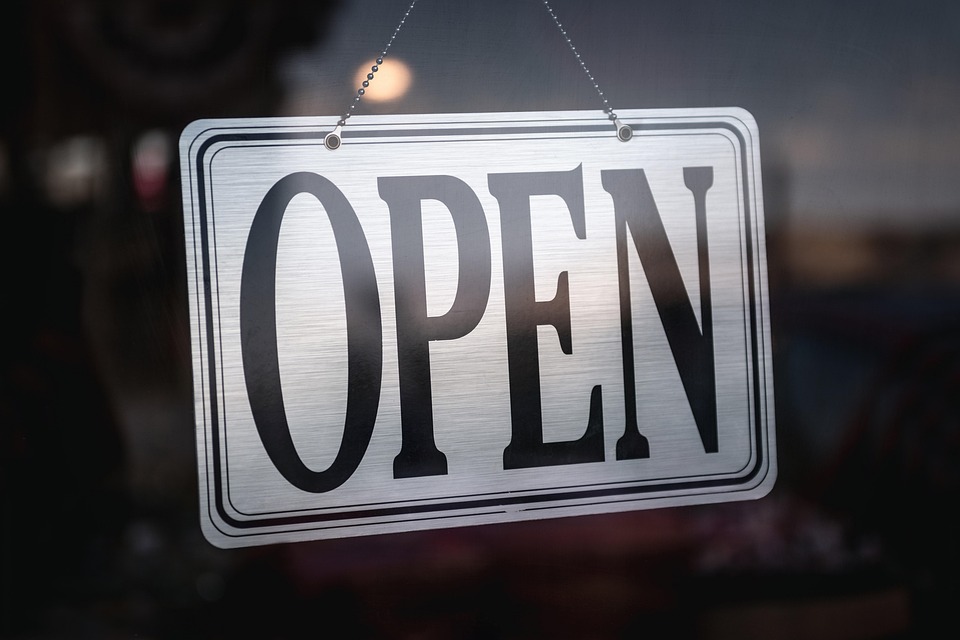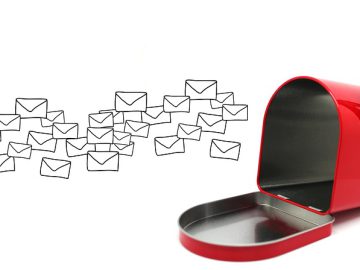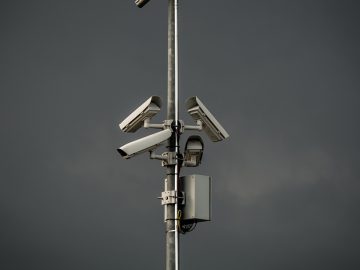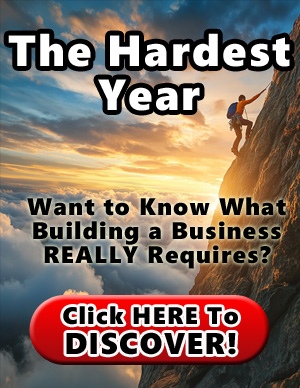If your newsletters aren’t being opened, read, or considered at all… well, there’s something you need to review. It might be the signup form, the format, or most probably the content.
And that’s why we’re here: in this article, you’ll find ideas, insights, and tips on how to write an engaging newsletter that subscribers will open and click!
Turn every newsletter into a conversion engine with GetResponse
Don’t just write emails—craft messages that drive clicks and results. Use AI-powered tools and ready-to-edit templates from GetResponse to build newsletters that get read.
Why you need to know how to write a newsletter
Are you wondering if it makes sense to dedicate time to writing an effective newsletter? If you’re here, you probably have already created email marketing campaigns in the past and know very well the role newsletters play within an email marketing strategy.
You’ve probably already tested some email marketing software and learned how to create and send a newsletter to your contacts.
But the results haven’t been great.
So let’s break down exactly what to include to boost opens, clicks, and engagement.
If you’re writing your first newsletter, here’s a practical video that’s perfect for you.
Writing an effective newsletter offers you countless advantages:
- Prevent your newsletter from ending up in the spam folder: a well-structured newsletter can avoid being marked as spam. And ending up in spam can damage your brand’s reputation and its ability to reach subscribers.
- Improve the main email marketing KPIs: an effective newsletter helps achieve your goals and build customer loyalty. Writing a good subject line and pre-header, for example, can improve email open rates. A great design and interesting content, on the other hand, increase clicks and conversions.
- Increase subscriber engagement: subscribers who find your newsletters interesting will be more likely to become customers or interact with you.
It’s clear that writing an effective newsletter requires time and energy. However, it can be a valuable investment of resources to achieve your marketing goals, build customer loyalty, and improve your reputation.
10 Tips for Writing Your Newsletter
Let’s get straight to the point without further delay: how to write an effective newsletter? Let’s start by saying that a newsletter is composed of various elements that must connect with each other to generate a message worth reading. Here are the 10 fundamental copywriting elements for newsletters.
1. Tone of voice
The text in your newsletter should reveal your brand’s personality.
If your brand had a personality, what would it sound like? What tone would it use?
The voice in written text is represented by the combination of words and expressions that help the brand express its values. The tone of voice is therefore part of your brand identity and, just like a logo or color choice, must be consistent and attract the right people to your business. Don’t be afraid to be bold with words. A fun, creative tone can go a long way.
2. Newsletter name
Choosing a name for your newsletter may not be the easiest task. Yet, a catchy name can help you stand out among the many communications users receive every day. Remember: a good name should be short, easy to remember (and here some rhetorical figures can help you) and memorable.
3. Newsletter subject line
The success of your campaign can depend on this! You should know that a full 47% of users decide to open a newsletter based solely on the subject line. But how do you write an effective email subject line? The subject should be simple, clear, direct, and brief.
Remember that a subject that’s too long might not be read in full by users because it could be cut off by email providers. And transparency helps increase your credibility and the likelihood that the email will be opened. So briefly preview what people will find inside the message. T
o increase the open rate, it might be a good idea to personalize the subject with a field like the user’s name (example: “Hi [name], here’s your program”) or include emojis (without overdoing it! One emoji is more than enough).
4. Pre-header
This is the preview text that appears under the subject line. You know that line of text that appears right below the subject? That’s it. And if well written, it can increase the open rate by 25.83%. To write an effective newsletter pre-header, try to get to the point and use few characters. Together with the email subject, the pre-header should hook the user to invite them to discover more in the body of the message. Use an emoji here too if you think it might be fitting and can strengthen the message, and phrases or words that preview the content and intrigue readers.
5. Introduction
This is the introduction to your newsletter. And the success of your content could depend on this. An introduction that captures attention is brief and previews what you’re about to tell in the body of the message.
You could start with a question or a surprising fact. The goal here is to capture people’s interest and encourage them to explore further in the rest of the message.
6. Text formatting
The form in a newsletter is – almost – as important as the content. Keep in mind that people read your message from different devices, and a newsletter that looks aesthetically perfect on a PC monitor might not be suitable for reading on a smartphone. Therefore, use a clean layout, with margins and spaces that facilitate reading.
Break up long paragraphs to make the email easier to scan—nobody wants to read a solid block of text. Highlight some key words or phrases by writing in bold and use bullet points: this way you’ll facilitate reading the text and highlight the most important parts of your content.
7. Images
A well-written newsletter can’t do without beautiful images. But be careful not to overdo it. Images (or other graphic elements) should be distributed throughout the text in a harmony. They should accompany and support the text and not be placed randomly. They shouldn’t replace the content you want to convey.
Design beautiful, mobile-ready newsletters with GetResponse
From stunning visuals to mobile-optimized layouts, GetResponse gives you everything you need to create engaging, responsive newsletters—without coding.
8. CTA
What action do you want newsletter subscribers to take? The Call To Action should be clearly visible (positioning it above the fold might be a good idea), recognizable – you can use a different color to make it stand out from the text, for example – and specific. The CTA text should be short, concise, and leverage urgency, social proof, or necessity. Do you want your subscribers to register for a particular event? “Register now for free!” could be a good CTA, for example.
9. Copy + design
As we’ve seen, an effective newsletter must be well-crafted in both content and form. The result, therefore, reflects content that is pleasant to look at, interesting to read, and, ideally, should encourage taking a certain action. Design therefore plays a central role and cannot be left to chance.
The design should be carefully crafted from the introduction to the footer. Actually, from the subject line to the footer. In addition to optimizing the arrangement of images, text, and video, consider using a font supported by most email providers (Georgia, Times New Roman, and Verdana, for example) and creating bullet points to facilitate reading the text. Another element to pay attention to is the layout size: if you want to ensure that your newsletters are displayed well across various devices, we recommend keeping your email template width at 600 px (maximum 640 px). You can read our 15 newsletter design best practices here
10. Test what you write
Before proceeding with sending to your subscribers, we recommend sending yourself a test email. This will allow you to verify that all links work correctly and that the email is clearly visible on various devices.
How to Write Newsletters: Some Winning Examples
Let’s see below how these email copywriting tips have been best put into practice by some international brands.
If you want to use a holiday to invite subscribers to try your product or service, take a look at Harry’s newsletter. We’ve already explored this example in the article dedicated to Halloween email marketing. The brand uses simple, humorous, and brief copy to showcase their product during the Halloween period. They use images of some fictional and holiday-themed characters to accompany the text.
The result? A hilariously spooky guide to beard grooming.
We find it beautiful.

The Dogs Trust newsletter, on the other hand, aims to provide informative content to its subscribers to help them live better with their dogs. The body of the message is divided into different sections, each focusing on a topic and with a specific CTA. A newsletter of this type helps the brand (in this case a non-profit) to be remembered by people and to increase its brand awareness and reputation.

Trulia offers us a great example of how brief copy (and well distributed) can be truly effective. In this newsletter, the brand immediately presents a title that, linked to the images just below, immediately identifies what it’s talking about. The rest of the copy provides valuable information, in a gentle and fun way, that triggers curiosity and encourages clicking on the CTA button, which is also humorous and original.

to discover more beautiful newsletter examples from the best Italian and international brands.
Writing a newsletter… it’s not just about copy
To write an effective newsletter, you’ll have realized, it’s not only important to have good technique and quality copywriting, but also strategy.
Before setting up the subject and content of your email, you need to identify the objective and test multiple options. After sending the newsletter, it will be important to monitor the results obtained. To help you throughout the process of creating, writing, sending, and monitoring a newsletter, there are email marketing tools, like GetResponse, designed to make creating your campaigns simpler and more effective.
GetResponse, in particular, offers you all the features you need to write an effective newsletter, including customizable templates, drag and drop editor, automations, reports, and an editorial assistant powered by Artificial Intelligence. Use GetResponse and apply all the tips we’ve listed in this guide: your newsletters will have guaranteed success.
Everything You Need to Write Newsletters That Convert—Only with GetResponse
From smart segmentation to AI-powered writing tools, GetResponse helps you create campaigns that land, engage, and convert. Ready to take your newsletters to the next level?






